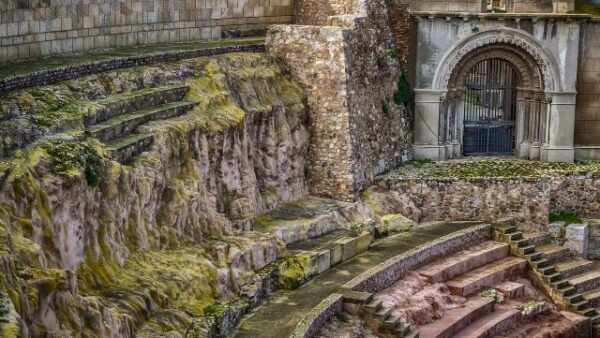In the annals of history, few expeditions have captured the world’s imagination quite like Christopher Columbus’ first voyage in 1492. Accompanied by his second-in-command, Juan de la Cosa, the intrepid explorer set sail from Palos de la Frontera, Spain, with a daring ambition to reach the fabled “Indies” and open a new trade route to Asia. Armed with three ships, the Santa María, Pinta, and Niña, Columbus embarked on a journey that would change the course of human history forever. This blog post delves into the details of this epic expedition, its significance, and the lasting impact it had on the world.
The Quest for the Indies
During the late 15th century, European traders were eager to discover new trade routes to the East, particularly to the rich spice markets of Asia. At that time, the land routes to the Indies were controlled by powerful empires like the Ottomans, making overland trade arduous and expensive. Christopher Columbus, an Italian explorer, believed that he could reach the East by sailing westward across the vast Atlantic Ocean. Although his theories were met with skepticism, he found support from the Spanish Catholic Monarchs, Ferdinand and Isabella, who saw potential in his ambitious plan.
Preparations and Departure
After obtaining the royal endorsement, Columbus and his skilled cartographer and navigator, Juan de la Cosa, began preparations for the momentous voyage. The expedition comprised three vessels, each serving a unique purpose. The largest ship, the Santa María, was the flagship, with Columbus as its captain. The Pinta and Niña were smaller caravels, expertly designed for exploration. On August 3, 1492, amidst excitement and anticipation, the expedition set sail from the port of Palos de la Frontera, marking the beginning of a significant chapter in human exploration.
Navigating the Uncharted Waters
Navigating the vast, uncharted waters of the Atlantic presented numerous challenges for Columbus and his crew. The lack of proper maps and navigational tools forced them to rely on celestial navigation, using stars and the position of the sun to guide their path. Additionally, the crew faced the fear of the unknown, as many believed they would fall off the edge of the flat Earth. Despite these challenges, Columbus displayed exceptional leadership and determination, keeping his crew motivated throughout the journey.
The Discovery of the New World
After enduring a long and arduous voyage, the expedition made landfall on October 12, 1492, in what is now known as the Bahamas. Columbus mistakenly believed he had reached the outskirts of Asia, referring to the indigenous people he encountered as “Indians.” Little did he know that he had stumbled upon a vast continent previously unknown to Europeans – the Americas. This accidental discovery of the New World marked a pivotal moment in history, initiating an era of exploration, colonization, and cultural exchange between the Eastern and Western hemispheres.
Legacy and Controversy
Christopher Columbus’ first voyage opened the floodgates of exploration, colonization, and exploitation of the Americas by European powers. The ensuing exchange of goods, crops, and diseases between the Old World and the New World, known as the Columbian Exchange, transformed societies on both continents. While Columbus’ voyage has been celebrated for centuries, it is not without controversy. The arrival of Europeans had catastrophic consequences for the indigenous peoples of the Americas, leading to the loss of their lands, cultures, and lives.
—–
Christopher Columbus’ first voyage in 1492, with Juan de la Cosa as his second-in-command, was a remarkable journey that forever altered the course of human history. Through courage, determination, and navigational expertise, Columbus inadvertently discovered the Americas and initiated an era of exploration and colonization that shaped the modern world. While his expedition marked the beginning of global connections, it also brought about significant suffering and challenges for the indigenous populations of the Americas. Today, the legacy of Columbus remains a subject of debate, emphasizing the importance of understanding historical events with nuance and empathy. As we reflect on this historic voyage, let us remember the lessons learned and strive for a more inclusive and compassionate future...

Originally posted 2023-08-03 08:17:13.




